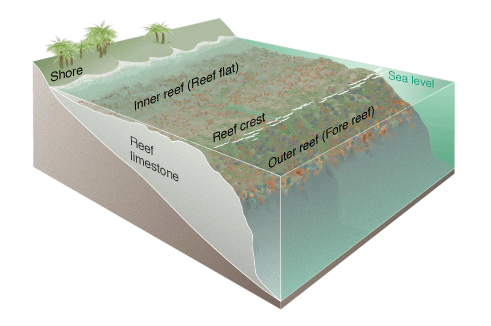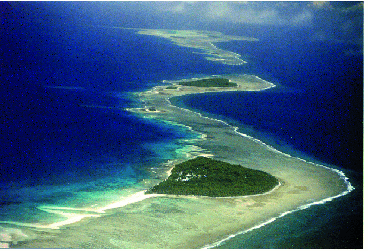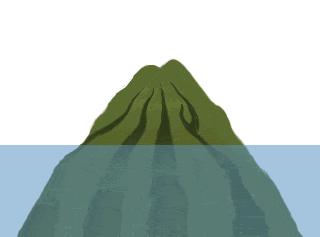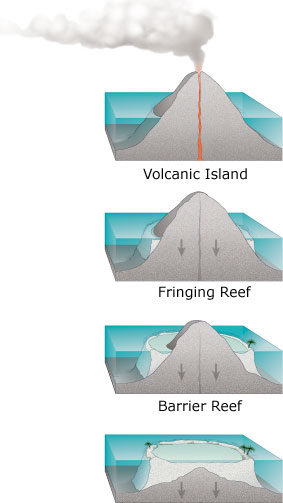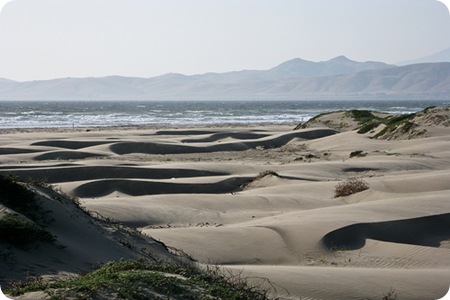Archive for February, 2010
Sand Dune Processes
Feb 22nd
Photo from flickr.com by mikebaird [Some rights reserved]
The IGCSE Syllabus requires us to understand this:
Describe and explain the landforms associated with these processes. You should study the following coastal landforms:
□ coastal sand dunes
The action of wind in shaping coastal sand dunes should also be understood.
Here are four good websites to help you achieve this understanding:
Coastal Sand Dunes on Offwell Woodland and Wildlife Trust
BBC Scotland Higher Bitesize on Sand Dunes
Uses of the Amazon Rainforest
Feb 1st
How are people using the rainforests?
You need to choose one of these groups who are using the Amazon rainforest in some way:
a) Amazon indians (e.g. Kayapo Indians)
b) Miners of Iron Ore (e.g. at the Carajas Iron Ore Mine)
c) New Settlers (also known as colonists or colinistas tehse are farmers who were given land by the government this happened a lot ion the 1980s)
d) Cattle Ranchers
e) Conservation Groups
f) The Government responsible for Transport (e.g. the Trans-Amazonian Highway)
g) Loggers
h) The Government responsible for Energy (e.g. new Hydro Electric Power Stations)
Your mission is to create a truly awesome slideshow with an absolute maximum of three slides and a minuimum of one slide to explain:
1) How these people are using the rainforest and why they use it this way.
2) Examples of where these people are using the rainforest and for how long – maps / satellite images would obviously help
2) Difficulties this might have caused
3) Possible solutions for the future
The slideshow has to be very visual with images, facts and figures – you are using the slideshow software to its full potential. We are not interested in text heavy information. This will be shown at the start of a lesson. You can include hyperlinks to websites if people want to learn more.
Obviously you will need to research this thoroughly, and the internet is an obvious resource.
Output, Costs, Revenue and Profit
Feb 1st
[Image: nDevilTV  Some rights reserved]
Some rights reserved]
The Cambridge IGCSE syllabus requires us to have a good understanding of the following:
We have seen useful videos on YouTube before, particularly MJMFoodie’s very visual explanations (which are often aimed at higher stages of education, such as IB). One of her useful videos (on fixed and variable costs) is here:
Another useful video by MJMFoodie gives an introduction to the topic and explains the idea of the law of diminishing returns.
A great idea for a learning activity to really understand this topic is for you to work with one other person towards producing your own video, MJMFoodie style. It should be simple – create a PowerPoint (or similar) with images. These images can be your own that you have drawn on the computer, scanned into the computer, or other images produced by other people. It is obviously preferable to use images that are not copyrighted, so some good places to visit for non-copyright images are here:
http://www.everystockphoto.com/
http://search.creativecommons.org/
As you assemble your slideshow, make sure you are working on your script to go with each slide. Later on you will want to record your voiceover while playing the slideshow. In that case, planning the video out is essential and you should start with your partner by story-boarding the video.
Your video should summarise this theory on costs, revenue and profit as outlined in the syllabus above. It should summarise it in a highly visual and accessible way. Your video should ideally last somewhere between 5 and 10 minutes.
A good starting point is to consult the relevant chapter in the text book you are using. A good text book is this one, which introduces the idea using Sue’s Teddy Bear Firm.
 |
Economics: A Complete Course for IGCSE and O Level: Endorsed by University of Cambridge International Examinations |
Other simple summaries of aspects of this topic are found here:
Tutor2U – Simple Overview of Output, Fixed Costs and Variable Costs
Tutor2U – Simple Overview of Revenue, Costs and Profit
Tutor2U – Simple Overview of Average Costs and the Scale Of Production

